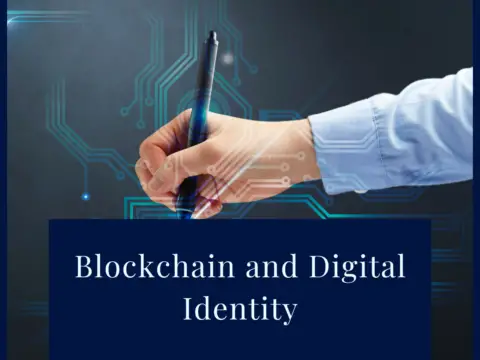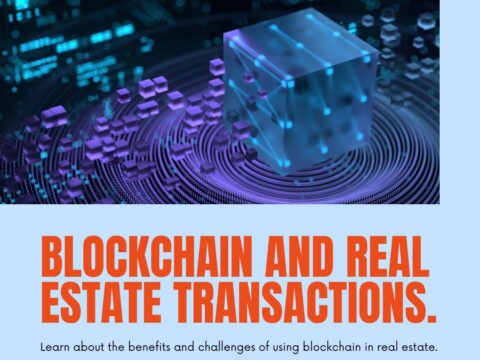Blockchain technology, originally created to support cryptocurrencies, has transcended its initial purpose and is now finding practical applications across various aspects of everyday life. This blog post will delve into the tangible and transformative ways in which blockchain is making its mark on our daily routines, fostering efficiency, transparency, and security.
1. Digital Identity Verification:
- Blockchain can streamline and secure identity verification processes. Individuals can have control over their digital identities, reducing the risk of identity theft and providing seamless access to services.
2. Supply Chain Traceability:
- Blockchain enhances transparency in supply chains by providing an immutable ledger of every transaction and movement of goods. Consumers can trace the origin and journey of products, ensuring authenticity and ethical sourcing.
3. Cross-Border Payments:
- Blockchain facilitates faster and more cost-effective cross-border payments. Cryptocurrencies and blockchain-based platforms eliminate intermediaries, reducing transaction fees and enhancing the speed of international money transfers.
4. Smart Contracts for Legal Processes:
- Smart contracts, self-executing contracts with the terms of the agreement directly written into code, automate and streamline legal processes. This includes areas like real estate transactions, wills, and insurance claims.
5. Healthcare Data Management:
- Blockchain ensures the secure and interoperable management of healthcare data. Patients can have control over their medical records, and healthcare providers can access accurate and updated information.
6. Voting Systems:
- Blockchain offers a secure and transparent platform for voting systems. It can prevent fraud, ensure the integrity of elections, and provide citizens with the ability to verify their votes.
7. Decentralized Social Media Platforms:
- Blockchain can power decentralized social media platforms, giving users control over their data and content. This approach addresses concerns related to data privacy and content censorship.
8. Intellectual Property Protection:
- Artists, writers, and creators can use blockchain to timestamp and secure their intellectual property. This ensures proof of ownership and helps prevent unauthorized use or distribution.
9. Energy Trading and Grid Management:
- Blockchain facilitates peer-to-peer energy trading in decentralized energy systems. Consumers can buy and sell excess energy directly, promoting sustainability and efficiency in energy distribution.
10. Education Credential Verification:
- Blockchain can be used to verify and authenticate educational credentials. This reduces the risk of credential fraud and ensures that qualifications are accurately represented.
11. Food Safety and Authentication:
- In the food industry, blockchain can be employed to trace the origin of food products, ensuring quality control and allowing consumers to verify the authenticity of the food they purchase.
12. Real-Time IoT Data:
- Blockchain enables secure and transparent management of data from Internet of Things (IoT) devices. This is particularly relevant for applications like smart homes, autonomous vehicles, and industrial automation.
Challenges and Considerations:
- Scalability:
- Scaling blockchain networks to handle a large number of transactions in real-time remains a challenge. Ongoing developments aim to address scalability issues.
- Regulatory Frameworks:
- The lack of standardized regulations for blockchain technology poses challenges in its widespread adoption. Regulatory clarity is essential to ensure legal and compliant use.
- User Education:
- Increasing awareness and understanding of blockchain technology among the general public is crucial for its practical adoption in everyday life.
Future Trends and Innovations:
- Blockchain Interoperability:
- Efforts are underway to enhance interoperability between different blockchain networks, allowing seamless communication and data transfer.
- Central Bank Digital Currencies (CBDCs):
- Many countries are exploring the creation of CBDCs using blockchain technology, aiming to digitize national currencies for efficiency and financial inclusion.
Conclusion:
As blockchain technology matures, its impact on everyday life becomes increasingly evident. From transforming financial transactions to securing digital identities and revolutionizing supply chains, blockchain is reshaping how we interact with the world. Embracing its potential can lead to a more transparent, efficient, and secure future in various aspects of our daily lives.




